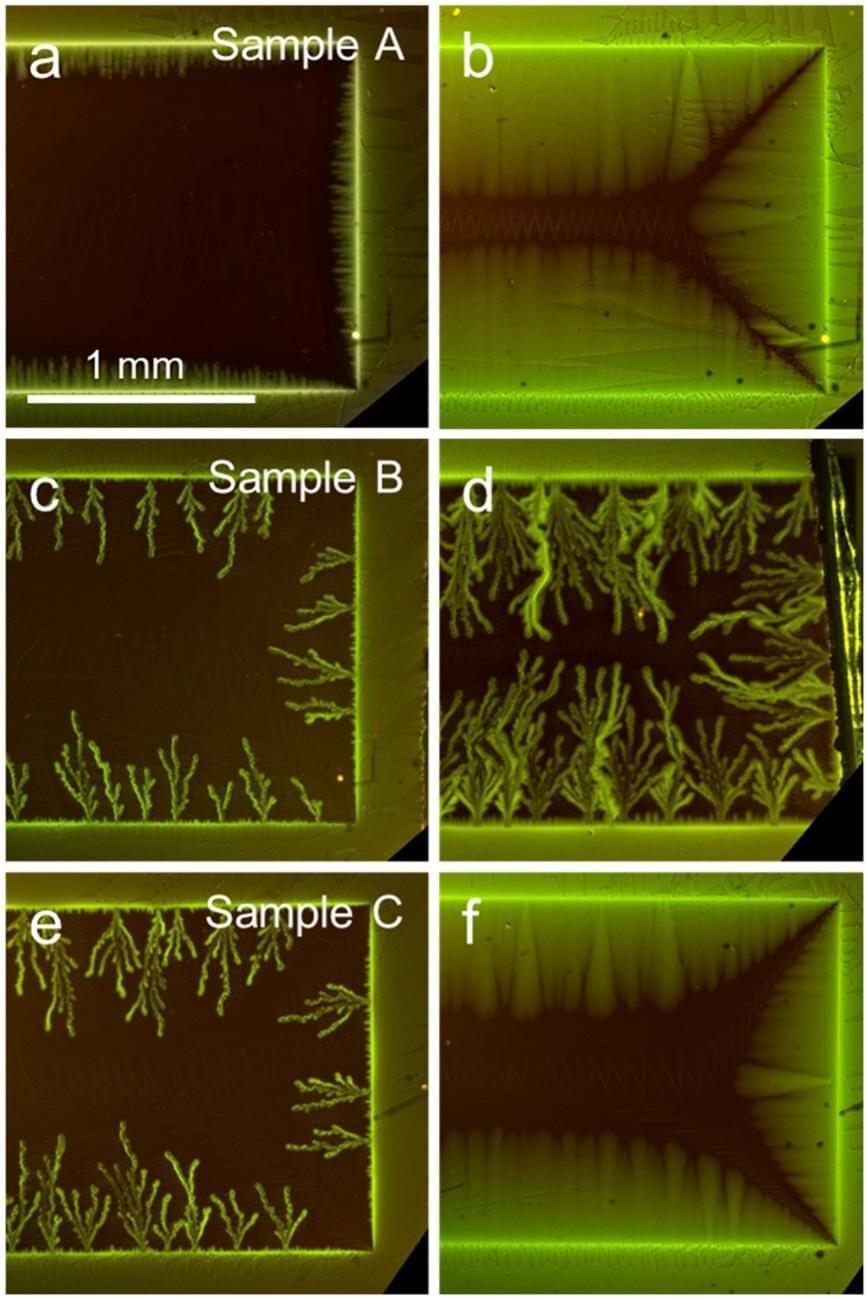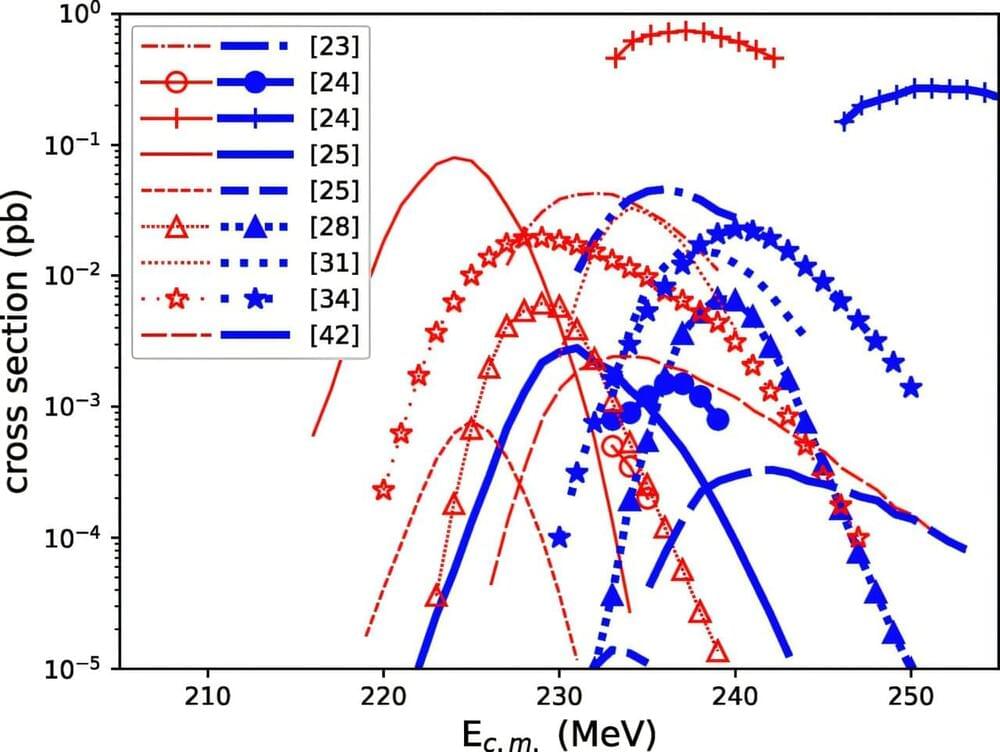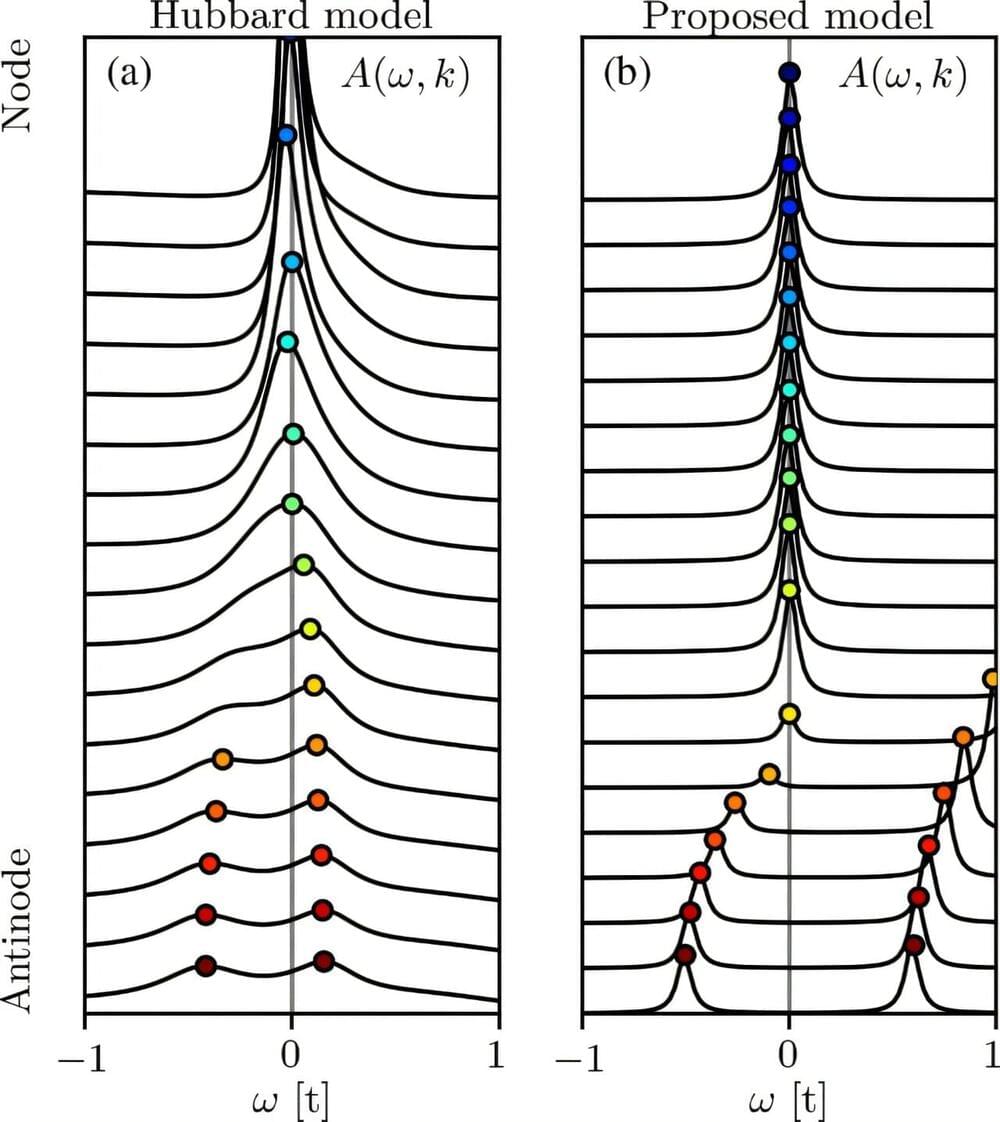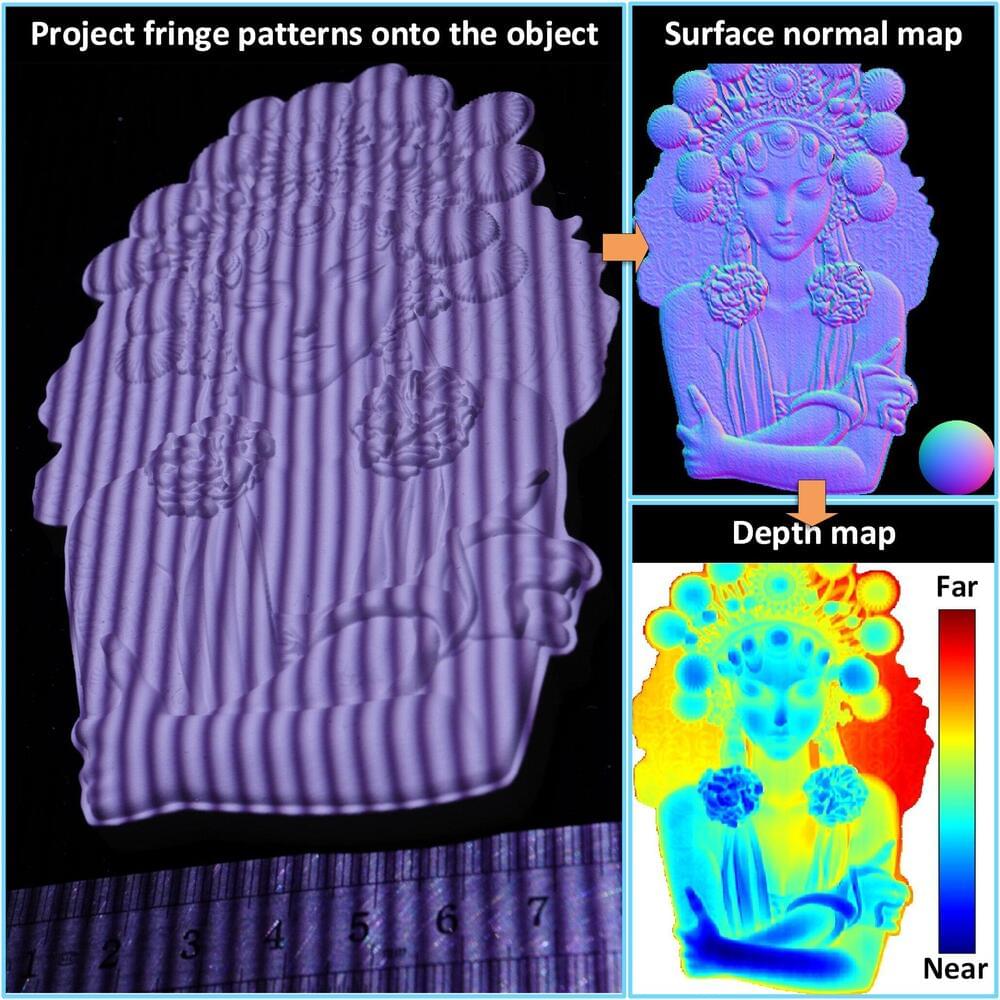Researchers Tomohito Amano and Shinji Tsuneyuki of the University of Tokyo with Tamio Yamazaki of CURIE (JSR-UTokyo Collaboration Hub) have developed a new machine learning model to predict the dielectric function of materials, rather than calculating from first-principles.
A team of researchers, led by scientist Lin Zhou of Ames National Laboratory, has made important progress towards understanding the role of surface oxides in improving quantum computing circuits performance. Surface oxides are a primary cause of decoherence, or loss of quantum properties in quantum circuits.
A team led by Prof. Sun Haiding from the University of Science and Technology of China (USTC) developed a vertically integrated micro-scale light-emitting diode (micro-LED) array which was then applied in deep ultraviolet (DUV) maskless photolithography system for the first time. Their study was published in Laser & Photonics Reviews.
Heating a plasma for fusion research requires megawatts of power. One approach that research tokamaks use to achieve the necessary power input is neutral beam injection (NBI). With NBI, fast neutral particles are generated in a device called a beam source and then injected into the plasma.
The search for new elements comes from the dream of finding a variant that is sufficiently stable to be long-lived and not prone to immediate decay. There is a theory in nuclear physics about an island of stability of superheavy elements. This is a potential zone in the upper part of the periodic table of as-yet-undiscovered elements that could remain stable for longer than just a few seconds. The aim is to explore the limits of stability of atomic nuclei.
High-temperature superconductivity is one of the great mysteries of modern physics: Some materials conduct electrical current without any resistance—but only at very low temperatures. Finding a material that remains superconducting even at room temperature would spark a technological revolution. People all over the world are therefore working on a better, more comprehensive understanding of such materials.
Researchers have developed a faster and more accurate method for acquiring and reconstructing high-quality 3D surface measurements. The approach could greatly improve the speed and accuracy of surface measurements used for industrial inspection, medical applications, robotic vision and more.
For the first time ever, scientists at Paderborn University have used high-performance computing (HPC) at large scales to analyze a quantum photonics experiment. In specific terms, this involved the tomographic reconstruction of experimental data from a quantum detector. This is a device that measures individual photons.
Researchers have developed a new detector that analyzes antineutrinos emitted by nuclear reactors to monitor their activities from great distances.
This technology, which utilizes the phenomena of Cherenkov radiation, could revolutionize how we ensure reactors are not producing material for nuclear weapons, despite challenges from other environmental antineutrinos.
Nuclear Fission and Antimatter Monitoring.
UC Santa Barbara researchers discovered that single, vigorous exercise sessions, especially under 30 minutes, improve cognitive functions like memory and executive function. Future studies will explore whether combining physical activity with cognitive tasks yields even greater benefits.
Years of research on exercise have long supported the idea that consistent workouts over time lead to both physical and cognitive benefits. But what about short, intense bursts of exercise? A team of scientists at UC Santa Barbara has taken a closer look.
Their study was recently published in the journal Communications Psychology.









